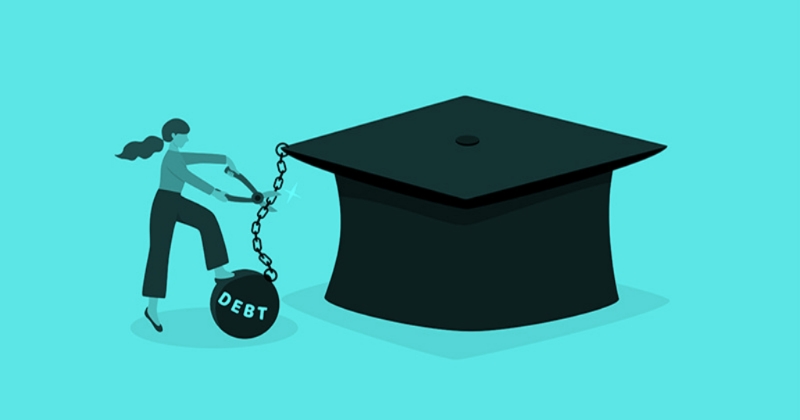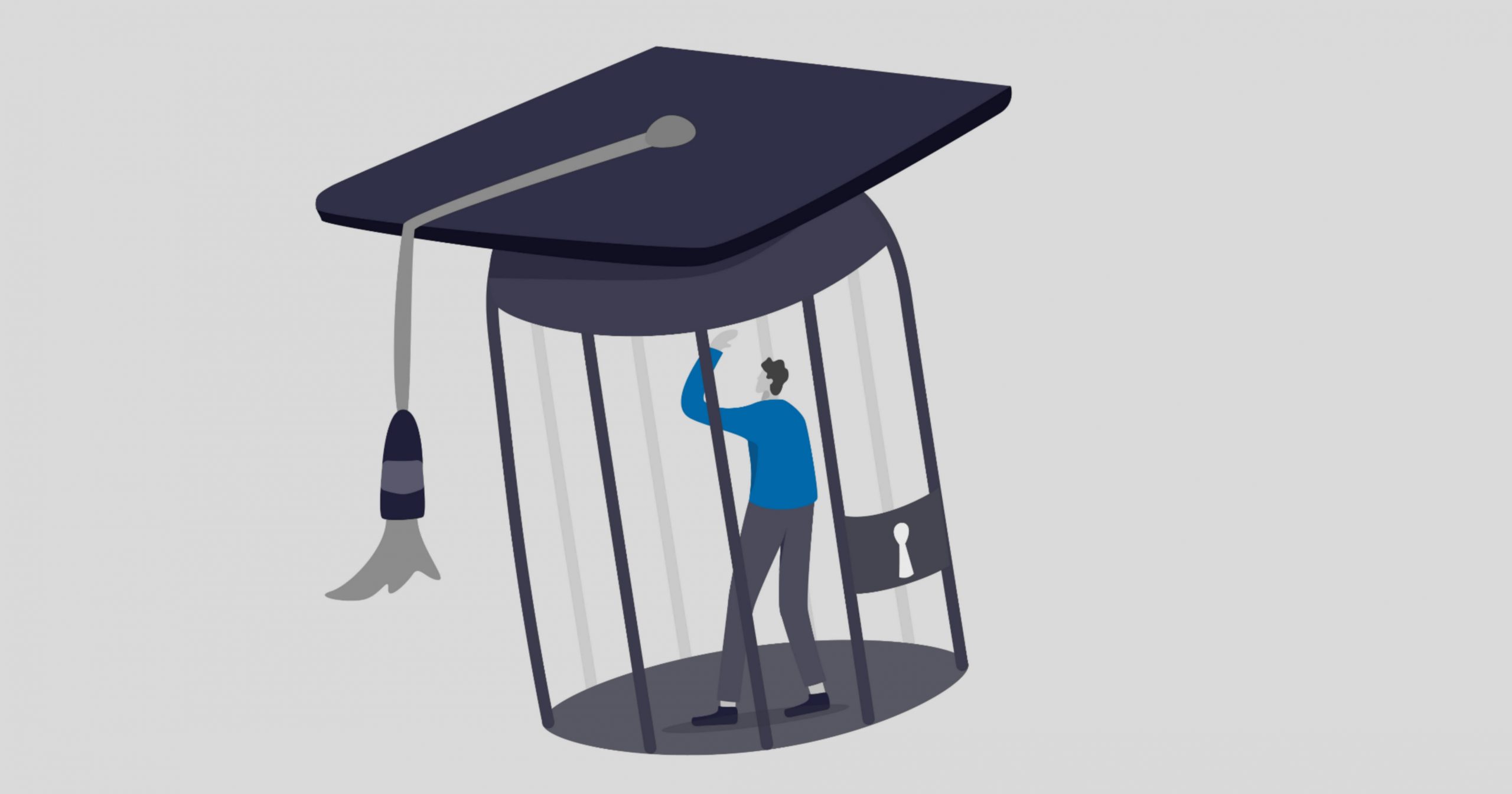
Real-life examples of individuals who took out educational loans were presented in an article that appeared in December 2011 on the financial website Business Insider.
These personal accounts of borrowers struggling to pay back their student loans provide a clear picture of the difficulties they face.
The various circumstances that the student body encounters that cause them financial stress were all portrayed in these instances.

A few of the website’s stories can be summarized as follows:
Case 1:
A borrower took out a loan to study game design and ended up with a debt of $100,000.
Case 2:
The person’s initial loan was $80,000, but it ended up being a whopping $135,000!
Case 3:
In 2005, a prominent bank granted a loan, but the terms of its repayment were inflexible. The borrower repeatedly requested a negotiation, but the loan was turned over to a collection agency run by the bank.
With the three examples above, many readers can easily identify. Due to job loss, bankruptcy, or high medical costs, borrowers frequently encounter these scenarios. People face difficulties in such situations in repaying their debts and getting rid of their financial obligations.
Other Causes of Student Debt Other than the current state of the economy, there are other potential causes of student debt. It could be because of multiple loans with variable interest rates, interest-only payment options, or capitalization of interest. They eventually add up to a significant amount.
Numerous borrowers have not missed a payment on their mortgage, car loans, or credit card debt. Even their credit score is good. However, they are unable to repay their student loans for the aforementioned reasons.
Consolidating their various loans into a single loan amount is one of these borrowers’ best options for reducing their debt. They’ll only have to make one monthly payment at the new interest rate this way.

How to Consolidate Student Loans
Through federal direct consolidation programs, borrowers who cannot afford to pay off their student loans can consolidate multiple loans and regain financial control.
Borrowers should not combine their private and federal loans when consolidating loans. Private loans cannot be combined by the Department of Education.
Utilizing federal student debt relief services is a great way to maximize the benefits of federal loans. Consultants for reducing student debt are a good option because they know how to match each loan with a payment plan that works for you.
For a reasonable one-time fee, some prominent businesses provide borrowers with comprehensive assistance and direction. They will be able to obtain tranquility and a hassle-free solution in this manner.
Income-Based Repayment Plans for Student Loans In contrast to conventional lending methods, the borrower’s annual adjusted gross income and family size are the only factors that determine their monthly payment. The loan amount and credit score are not taken into consideration.
An Income Based Repayment Plan can only be used with loans from the William D. Ford Federal Direct Loan Program and the Federal Family Education Loan (FFEL) Program.
The Income Contingent Repayment plan was created for people who aren’t eligible for the Pay as You Earn or Income Based Repayment (IBR) plans. This plan is available for Direct Subsidized, Direct Unsubsidized, Direct PLUS Loans, and Direct Consolidation Loans.
Standard Repayment Plan
This plan makes it possible to pay off student loans quickly. For a maximum of 25 years, a fixed monthly payment is required.
Graduated Repayment Plan
The initial monthly payments under this program are low. After that, there will be a 4.25 percent (approximate) increase in the payment amount. each year.
A loan forgiveness program is another quick way to get rid of all of your student loans, in addition to consolidation.
#education #student #loan #finance